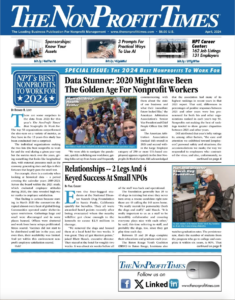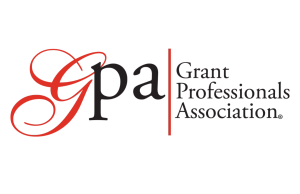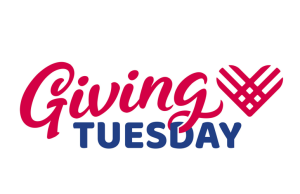When a problem, such as an invasive weed species, is spread across a wide geographic area, there’s good reason to question whether a small, localized response is a good investment of grant funding. What’s the good of temporarily thwarting the invader when wind, tires, or foot traffic will just bring it in again from the surrounding areas? “In some situations, a fully coordinated approach is essential to produce truly meaningful results,” said Barbara Floersch of The Grantsmanship Center.
“A grant request to address such a problem is best submitted by a well-defined and committed coalition of players.” Coalitions spring up in response to specific pressing problems and coalesce diverse organizations and government agencies to achieve a large goal, one bigger than any of the organizations could accomplish alone. If staff members within your nonprofit are frustrated by the size and scope of the problem they’re trying to address, and if they believe any project they can reasonably implement will have limited impact, then the time is right to explore pulling together a coalition.
Here are five things to think about:
- Pull together the organizations that have expressed interest in the problem, or that should be interested in it.
- Explore the commitment of each organization and the role it is willing to play in tackling the problem.
- Work together to establish a plan for tackling the problem. Be sure the plan is realistic and can reasonably be expected to result in long-term improvement.
- Develop a white paper fully describing the problem, the outcomes the coalition plans to accomplish, and the methods it will use to achieve the outcomes.
- Send the white paper to private and government funders that have a history of interest in the topic area, then invite them all to a meeting of the coalition to learn about the problem and the plan for tackling it. Make private presentations for funders who can’t attend.
In the best of circumstances interested funders will come together into their own coalition to support the work. Grant awards are meant to produce positive social change, and when facing down large, far-reaching problems coalitions are the best bet.
When a grant proposal from a coalition presents a solid plan for accomplishing important results, there’s a strong chance that funders will join in the effort.
© Copyright 2018 The Grantsmanship Center.











